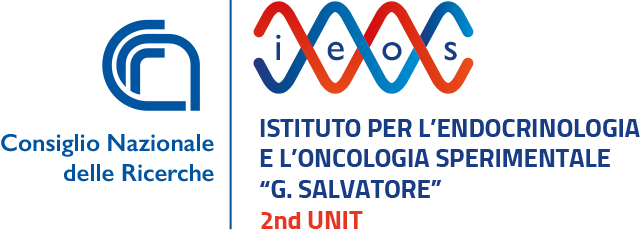Prof.ssa Chiara Zurzolo - Membrane Traffic and Pathogenesis Unit, Department of Cell Biology and Infection, Pasteur Institute, Paris, France
Abstract: Tunneling nanotubes (TNTs) are actin-based cellular connections that allow the transport of different cellular components between cells. Since their discovery, the structure and function of TNTs have been characterized in several cell types, including neurons microglia and astrocytes. Under homeostatic conditions, TNTs transport different vesicular cargoes and entire organelles like mitochondria and lysosomes. However, they can be hijacked by different pathogens and amyloid proteins involved in neurodegenerative diseases, such as Parkinson´s (PD) Alzheimer’s (AD). Using a connectomic approach in the developing mouse cerebellum, indicate that TNT-like connections are present in the developing brain (Cordero-Cervantes et al., SCI ADV 2023, Rakotobe et al, in preparation) supporting the hypothesis is that TNTs precede synaptic connections and may be important for the establishment of mature neuronal networks ( Zurzolo, Current Opinion in Cell Biology 2021).
However, in the adult tissue TNTs appear to be induced by stressful and inflammatory stimuli thereby explaining their involvement in the progression of NDs. We have previously demonstrated that both alpha-synuclein (α-Syn) and Tau aggregates, respectively the hallmark of PD and AD, can be spread from one cell to another via TNTs. We have proposed that this is a key mechanism for the progression of the disease. In the context of PD, we have previously shown that α-Syn aggregates not only increase TNTs in neuronal and microglial cells, but also move preferentially from neuronal cells to microglia (Chakraborty et al., Cell Death and Disease, 2023). On the contrary microglia deliver healthy mitochondria preferentially to neurons loaded with α-Syn aggregates suggesting a rescuing role of microglia towards dying neurons. The mechanism(s) behind upregulation of TNTs in the presence of aggregates as well as the directionality of this transfer regulating neurons-microglia cross talk remain unknown. A major phenotype in several neurodegenerative diseases, including PD, is heightened inflammation. Continuous production of pro-inflammatory cytokines, and subsequent damage to mitochondria (both via aggregates and cytokines), create an environment of sustained neuroinflammation and glial activation. Using cutting edge quantitative fixed- and live-cell microscopy, and coculture conditions of human cell models as well as iPSC derived neurons and microglia, we observed differential localization of aggregates on lysosomes and mitochondria of neuronal and microglial cells, and a differential effect of α-Syn aggregates on the homeostasis of the two cell types. While revealing distinct effects of α-Syn aggregates in neuronal and microglial cells, our data identify dysfunctional autophagy as a pivotal determinant driving the preferential directional transfer of aggregates from neurons to microglia. In my talk I will focus on the role of TNTs in the crosstalk between microglia and neurons in the progression of NDs, but I will also touch upon our studies on the molecular mechanism of TNT formation and presence in living organisms, presenting our recent evidence of functional TNT-like structures in the living zebrafish embryo (Korenkova et al., Dev Cell 2025).
Biography: Professor Chiara Zurzolo, MD, PhD, is the Head of the Membrane Trafficking and Pathogenesis Unit and Director of the Brain Connectivity and Neurodegenerative Diseases Research Program at the Institut Pasteur in Paris. Her research focuses on the mechanisms of protein trafficking in health and disease, with an emphasis on neurodegenerative diseases (NDs) and brain tumors. Professor Zurzolo is widely recognized as a pioneer in the study of Tunneling Nanotubes (TNTs), which she characterized both in vitro and in vivo, uncovering their role in facilitating the intercellular transfer of prions and amyloids in NDs.
She received her MD and then PhD in molecular and cell biology from the University of Naples Federico II. She then obtained a postdoctoral fellowship to spend four years at Cornell Medical School, New York where she uncovered some of the mechanisms of apical protein trafficking in polarized epithelial cells. In 1995, she returned to Naples to establish her laboratory at the Faculty of Medicine and Surgery at Naples University Federico II as a professor of Cell Biology.
In 2015, she was elected member of the European Molecular Biology Organization (EMBO) and promoted Professor at Institut Pasteur. In 2019, she was a visiting scholar at Harvard University, sponsored by the Radcliffe Fellowship. In 2023 she was elected member of Academia Europaea. Her international reputation leads her to conferences and seminars all over the world. She is also very involved in teaching and organizing national/international conferences and courses.
https://research.pasteur.fr/en/member/chiara-zurzolo/
https://research.pasteur.fr/en/team/membrane-traffic-and-pathogenesis/



